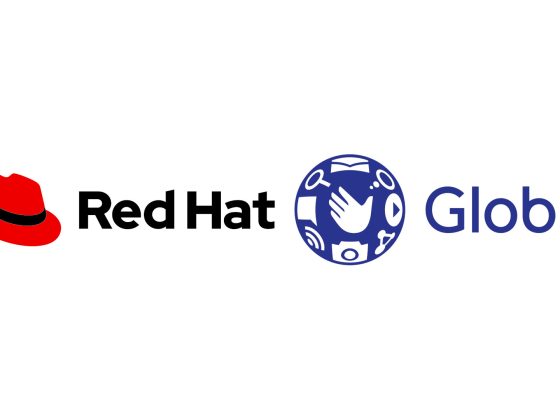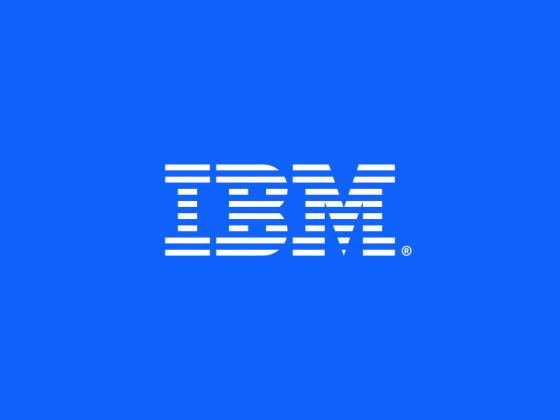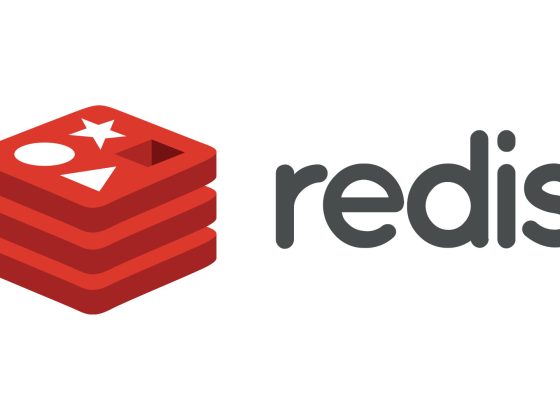
The IT industry is in a state of deep confusion when it comes to multi-cloud. Against pushback from cloud vendors who sought to monopolize the industry, most large organizations are now willfully pursuing multi-cloud approaches. In a recent report, 93% of enterprise respondents reported having multi-cloud strategies. Multi-cloud is no longer a strategy, it’s the reality.
Cloud native has become the standard, but the IT industry is still in a state of confusion when it comes to multi-cloud. We’ve compiled a few of the most common myths surrounding multi-cloud.
From our partners:
1. Any organization that has containerized its applications is cloud native by default and therefore prepared to multi-cloud.
It is true that containers provide applications with standard formats that can be run anywhere. However, cloud native applications are quite complex operationally. A workload that has been containerized still requires further changes before it can be understood as cloud native. Some of these changes include adopting container-specific operating systems, distributing traffic, and automating building and runtime configurations. Your costs will be exorbitant if you shift monolithic apps from VMs to containers.
2. A multi-cloud approach is an active one that requires load-balancing traffic across different clouds.
It is a myth that multi-cloud architectures involve running the same workload on multiple clouds. In order to take advantage of the best-of-breed solutions offered by different cloud providers, you do need to favour your containers to the cloud environment they will inhabit. Adopting an effective multi-cloud strategy means examining what kinds of applications you have, deciding which features they will benefit from, and then matching each application to a suitable cloud environment. The result is an architecture in which you run different apps and workloads on different clouds, depending on which cloud is fit for which purpose.
3. Multi-cloud solves vendor lock-in.
While you can certainly design a container to be portable between clouds, differentiating your containers by cloud environment is necessary to take advantage of best-of-breed solutions. That means your workloads won’t necessarily be readily available to migrate to different clouds. You can therefore find yourself breaking the vendor lock-in paradigm by entering multi-cloud lock-in. Multi-cloud architectures additionally often require single management platforms, making platform lock-in a possibility. Cloud native is a step to preventing lock-in, but the risk is still there.
4. Multi-cloud isn’t fully portable.
The dream of cloud native is to make workloads portable across any and all environments. However, the reality of storage and data gravity means cloud native cannot guarantee workload portability. This is especially true for stateful apps, which save data about client sessions to reuse the next time similar requests are made. Stateful apps must be refactored and redesigned before being migrated.
5. Containers are simple, and it’s therefore totally fine to create complexity wherever convenient.
Containers are actually quite complex operationally. Avoid creating additional complexity by adopting superfluous tools and systems for small projects here and there. It will rack up your resource consumption, create unnecessary lock-in, lead to unexplainable glitches and shadow IT, and give your CTO or CIO a headache when a clean-up is in order. Successful multi-cloud architectures espouse simplicity whenever possible.
6. Most organizations aren’t already multi-cloud.
If one business unit has ever signed up for a specialized service that suits its need, it may have used a cloud provider not used by the rest of the business. This creates shadow IT, projects managed independently of the IT department. Multi-cloud can happen by accident and without planning. Your infrastructure may be inhabiting more clouds than you think.
7. Multi-cloud is less secure.
The compliance and security of your infrastructure depend first and foremost on its management. Multi-cloud can actually help with compliance and security. For example, it can reduce the risk of widespread data loss or application downtime as failures will be more isolated. It can also help you comply with various regional regulations. View the transition to a multi-cloud architecture as an opportunity to streamline and standardize security tools and processes.
8. Only large enterprises benefit from multi-cloud.
This myth is based on the correct assumption that larger enterprises have a greater variety of specialized applications. However, smaller businesses also have specialized applications that could benefit from the solutions of different providers. Cloud native applications are lightweight enough to allow you to choose different providers even when you’re still small. Scaling into a multi-cloud architecture will be easier if you adopt different clouds for different needs from the beginning.
9. Multi-cloud is the same thing as hybrid-cloud.
Hybrid-cloud is a subset of multi-cloud. Multi-clouds consist of clouds hosted by various providers, and hybrid-clouds combine public and private clouds. The terms are used interchangeably, but your multi-cloud architecture is only hybrid- if one of its cloud environments is privately hosted.
10. Multi-cloud is always best suited to open source.
It is true that modern hyperscale clouds could not exist without open source software. There is no way they could build and operate at scale without being supported by open source. However, you will likely be served best by a mix of both open source and proprietary tools. It won’t always make sense for your business to invest time and effort innovating, in which case proprietary tools can integrate well into multi-cloud environments.
There are many benefits to adopting a multi-cloud approach. Some of these include cost savings, innovation, risk management, and flexibility. However, multi-cloud must be done properly in order to be advantageous. Contact us to learn how our team of teams can help you navigate the ever-changing cloud landscape to find the best solutions for your needs.
Guest post originally published on CloudOps’s blog by the CloudOps Team
Source https://www.cncf.io/blog/2020/10/28/the-biggest-myths-of-multi-cloud/
For enquiries, product placements, sponsorships, and collaborations, connect with us at [email protected]. We'd love to hear from you!
Our humans need coffee too! Your support is highly appreciated, thank you!








